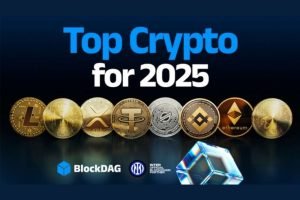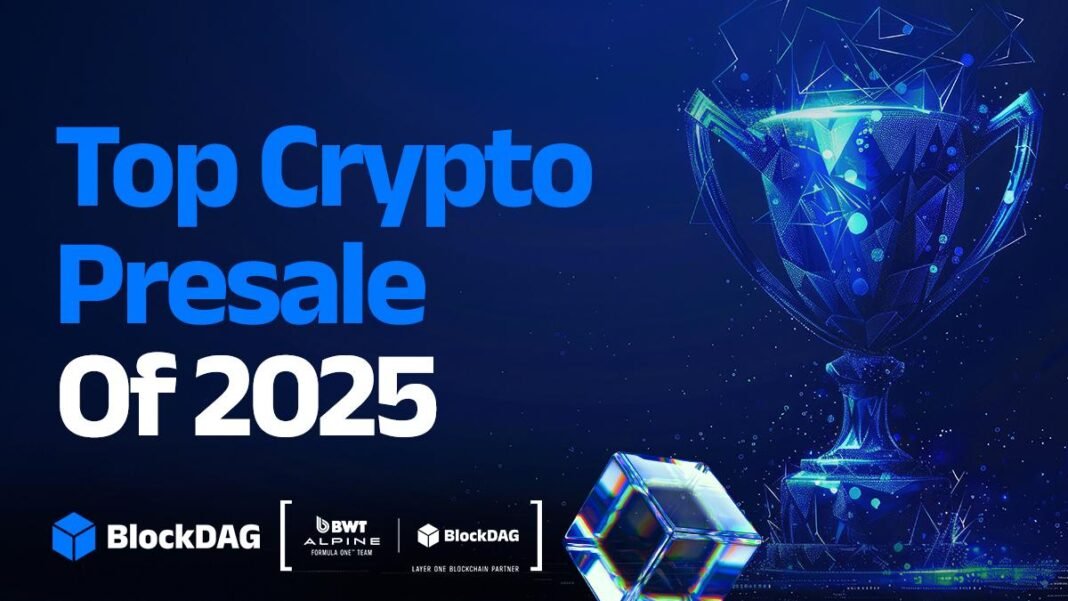Market Pulse
The crypto landscape is perpetually in flux, a dynamic arena where technological innovation and community adoption dictate market positions. As of late 2025, a perennial question resurfaces: can Cardano (ADA) truly “flip” Solana (SOL)? This isn’t merely a speculative price prediction; it’s a deep dive into the underlying architectural philosophies, ecosystem developments, and strategic trajectories that could see Cardano challenge Solana’s prominent market standing. The battle for Layer-1 dominance is intensifying, and the conditions for a significant reshuffling of the top ranks are becoming increasingly clear.
The Current Landscape: Solana’s Momentum vs. Cardano’s Resilience
Solana has, for much of the past two years, captivated the market with its promise of unparalleled speed and low transaction costs, attracting a vibrant developer community and a growing ecosystem of dApps, particularly in DeFi and NFTs. Its high throughput capabilities positioned it as a direct challenger to Ethereum’s scalability bottlenecks. However, this aggressive pursuit of speed has sometimes come at the cost of network stability, with occasional outages causing concern among users and institutions.
Cardano, in stark contrast, has pursued a more methodical, research-driven, and peer-reviewed development approach. While often criticized for its slower pace, this strategy has yielded a highly secure, decentralized, and robust blockchain. Its community-driven ethos and commitment to formal verification have built a loyal base, and its focus on sustainability and global impact continues to differentiate it. As the market matures, the trade-offs between raw speed and foundational integrity are coming into sharper focus.
Key Metrics for a Market Flip
For Cardano to genuinely “flip” Solana, several key metrics would need to shift significantly, indicating a fundamental re-evaluation by the market of each network’s value proposition.
- Market Capitalization: The most direct measure of a “flip,” requiring substantial capital inflow into ADA relative to SOL, reflecting broader investor confidence.
- Total Value Locked (TVL): A crucial indicator of DeFi ecosystem health and user engagement, TVL represents the total assets staked or locked in a blockchain’s decentralized applications.
- Developer Activity: Sustained growth in unique active developers, code commits, and new project launches is vital, demonstrating innovation and a fertile environment for future growth.
- Transaction Volume & Throughput: While Solana currently leads in raw transaction speed, Cardano’s scaling solutions aim to close this gap without compromising decentralization. Increased daily active users and transaction count would be paramount.
- Ecosystem Diversity & Utility: Beyond DeFi, a thriving ecosystem includes NFTs, gaming, stablecoins, decentralized identity, and real-world asset tokenization. Cardano needs a wider array of compelling dApps.
Cardano’s Potential Catalysts for Growth
Several factors could propel Cardano into a stronger competitive position in the coming year, potentially setting the stage for a flip.
- Hydra Scaling Solution: The full implementation and widespread adoption of Hydra, Cardano’s Layer-2 scaling solution, could dramatically increase transaction throughput and reduce latency, addressing one of its primary perceived limitations.
- Mithril: This light client solution will enhance network synchronization speed and decentralization, improving the user experience for dApp developers and end-users.
- Interoperability Bridges: Robust and secure bridges connecting Cardano to other major ecosystems (EVM chains, etc.) will unlock liquidity and expand its addressable market.
- DeFi and Stablecoin Expansion: A significant increase in high-quality, audited DeFi protocols and a native, robust stablecoin ecosystem are critical for attracting substantial TVL and user activity.
- Real-World Asset (RWA) Tokenization: As the RWA trend gains momentum, Cardano’s secure and methodical approach could make it an attractive platform for institutional tokenization efforts.
Solana’s Hurdles and Strategic Fortifications
While Solana holds a strong position, it faces its own set of challenges that could hinder its continued dominance or make it vulnerable to a flip.
- Network Stability: Past outages have eroded some trust. Maintaining near-perfect uptime is crucial for institutional adoption and sustained user confidence.
- Centralization Concerns: High hardware requirements for running a validator node have led to concerns about validator concentration, particularly when compared to Cardano’s more accessible staking model.
- Developer Retention: The highly competitive Layer-1 landscape demands continuous innovation and strong developer support to prevent migration to other chains.
However, Solana is also actively fortifying its position, investing in new scaling techniques, improving network resilience, and continuing to push for institutional adoption through partnerships and infrastructure improvements. The introduction of Firedancer and other core software upgrades aims to address performance and stability concerns head-on.
Conclusion
The prospect of Cardano flipping Solana by late 2025 is a complex narrative, not a foregone conclusion. While Solana boasts a significant lead in certain metrics and a perception of speed, Cardano’s patient, secure, and decentralized development philosophy, coupled with the imminent rollout of critical scaling and interoperability upgrades, positions it as a formidable contender. For ADA to truly overtake SOL, it will require a sustained period of robust ecosystem growth, flawless execution of its roadmap, and a decisive shift in market preference towards its emphasis on security, decentralization, and long-term sustainability. The outcome will ultimately be determined by which network can best balance performance with foundational principles in the evolving digital asset economy.
Pros (Bullish Points)
- Cardano's methodical development prioritizing security and decentralization could lead to long-term stability and enterprise adoption.
- Upcoming scaling solutions like Hydra and Mithril could significantly boost Cardano's transaction capacity and user experience.
Cons (Bearish Points)
- Solana's current network effects, superior transaction speed, and lower transaction costs offer a strong competitive advantage.
- Cardano's slower, peer-reviewed development cycle may cause it to miss rapid market shifts or adoption opportunities.
Frequently Asked Questions
What does it mean for one crypto to 'flip' another?
To 'flip' another crypto means its market capitalization surpasses that of the other, often indicating a shift in perceived value and dominance within the market.
What are Cardano's main advantages over Solana?
Cardano's main advantages include its highly decentralized network, peer-reviewed development approach ensuring security, and a strong emphasis on formal verification for reliability and long-term sustainability.
What are Solana's main advantages over Cardano?
Solana's primary advantages are its exceptionally high transaction speed, low transaction fees, and a historically strong developer adoption rate due to its performance capabilities.






